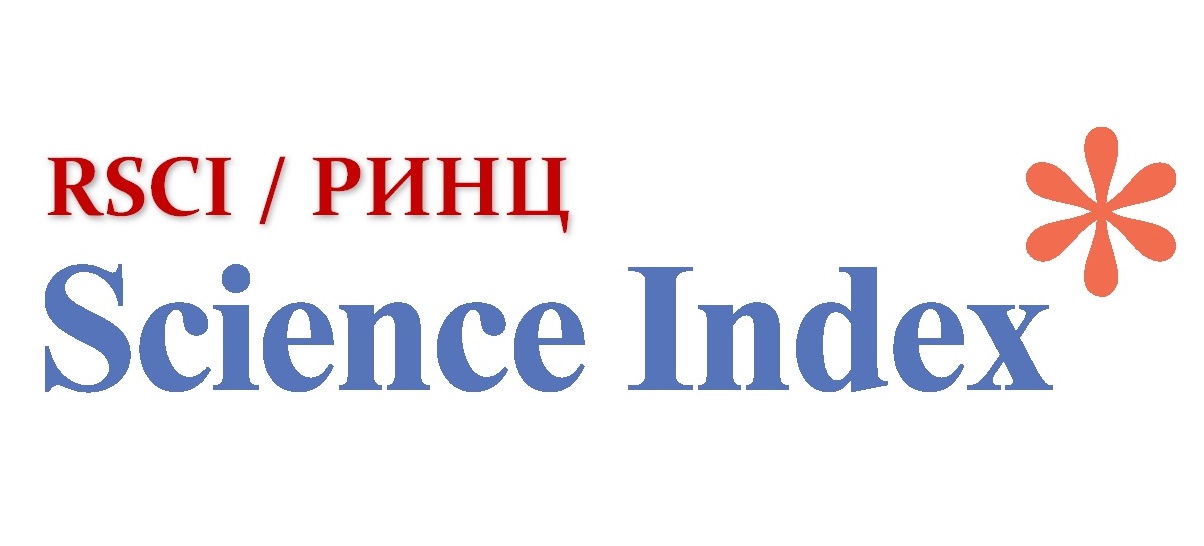The National Liberation Movement in the Turkestan Region (Based on the Materials of the Tatar Press)
Views: 105 / PDF downloads: 52
DOI:
https://doi.org/10.32523/2616-6887-2025-152-3-298-315Keywords:
tatar press, the national liberation movement, muslims, Turkestan, revolution, the bolsheviks, soviets, Constituent Assembly, congressesAbstract
The article is devoted to the study of the national liberation movement of the peoples of the Turkestan region during the period of dual power in 1917 on the basis of materials from the Tatar press. In connection with the current new political situation, «Avaz» («Voice»), «Bezn yul» («Our Way»), «Chulpan» («Morning Star»), «Korash» («Struggle»), «Irek» («Freedom») and other social-democratic publications in Tatar and Bashkir languages have become a press promoting the positions of the Bolshevik government, as a result of which social phenomena and events from the daily life of the Tatar, Bashkir and other Turkic-Muslim peoples have gone unnoticed. Thus, the press moved on to popularize the work of creating a class society based on the union of workers and peasants. Therefore, when introducing materials from these sources into scientific circulation, it is extremely important to consider them in continuity with the materials of national periodicals representing the interests of the Turkic-Muslim peoples of the Turkestan region. After all, the contents of materials in newspapers issued in the Tatar language in Tashkent and in the national press, published with labels such as «Flag of Unity» and «Alash» echo each other. The newspaper's pages highlighted the problems of the Muslim population of the Turkestan region, their liberation struggle for freedom and independence, as well as the socio-political activities of their leaders.
The Bolsheviks, who dissolved the All-Russian Kuryltai, strengthened themselves in the central regions of Russia, including in the Volga-Ural region. In this regard, national democratic publications in these regions are being oppressed and are beginning to close down. Thus, the newspaper «Vakyt», published in Orenburg, ceased its activities first in 1918. Soon the editorial offices of such newspapers as «Koyash», «Tormysh», «Yoldyz» were closed by the Soviet authorities. Instead, the Soviet government began to publish newspapers of a social-democratic orientation, such as «Chulpan». Thus, national publications are being displaced and propaganda work is carried out through the Bolshevik-oriented press. The newspaper «Chulpan» advertised that in the spring of 1918, the Council of People's Commissars decided on the Soviet Tatar-Bashkir Republic, and that now the attempts of such national figures as G. Iskhaki on the way to creating national autonomy should be perceived by other peoples of the East as an empty hassle.
Judging by the materials of the Tatar press reflecting the socio-political life of the Turkic-Muslim peoples of the Turkestan region, it can be seen that the situation in this region was difficult. Newspapers and magazines described the collapse of the Russian Empire as a result of the October Revolution, followed by the establishment of a one-party system based on the oppression of the population throughout the country. However, subsequent events showed that the Bolshevik government destroyed the press of the Turkic-speaking peoples, which served the will and interests of the people and instead began to publish a large number of newspapers and magazines agitating for the creation of a class society and party organs.
Newspaper articles from the beginning of the last century published in the Tatar language and the works of researchers written about the Turkic-Muslim movement as a whole were used as sources in the work.
Downloads
Published
How to Cite
Issue
Section
License
Copyright (c) 2025 Bulletin of the L.N. Gumilyov Eurasian National University. Political Science. Regional Studies. Oriental Studies. Turkology Series.

This work is licensed under a Creative Commons Attribution-NonCommercial-NoDerivatives 4.0 International License.






